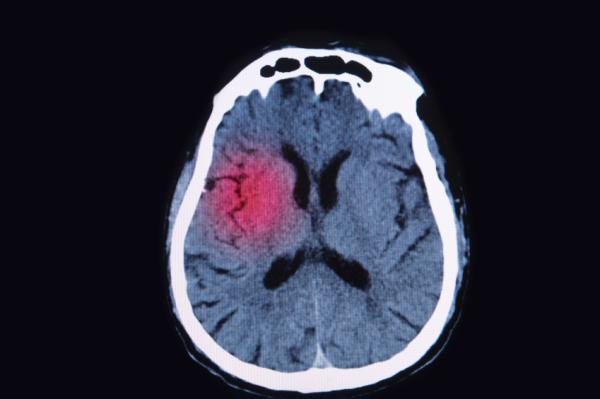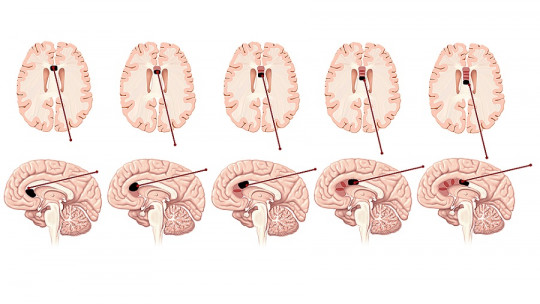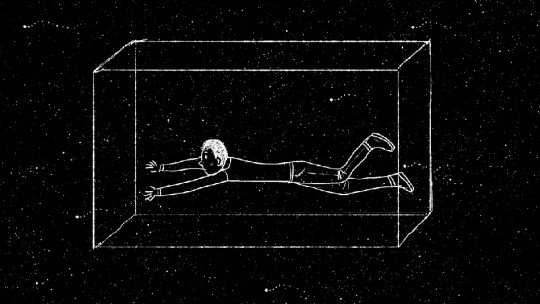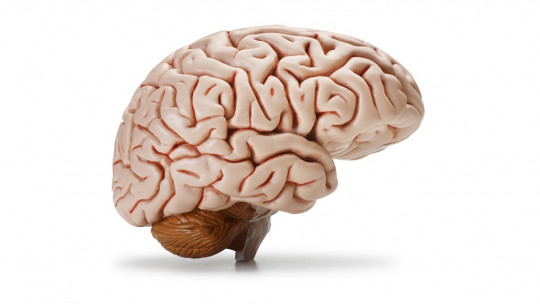We define epilepsy as a central nervous system disease which is characterized by one main symptom: epileptic seizures. These crises are defined as a temporary alteration of the nervous system that produces spasms, dizziness, loss of consciousness and abnormal psychological sensations. Depending on the symptoms of epileptic seizures that an individual suffers, we can observe one type or another of epilepsy.
In the following PsychologyFor article, we will talk about the types of epilepsy and their symptoms Epilepsy is a disease that requires urgent medical treatment, so if you experience any of the seizures we mentioned, you should see a specialist.
What is epilepsy: definition and causes
First of all, it is important to correctly define this disease. As we mentioned at the beginning of this article about the types of epilepsy, this disorder is defined as an alteration of the central nervous system (CNS) that is characterized by abnormal functioning of neurons. In an epileptic condition, the person who suffers from it has the cells of the nervous system overexcited and this can cause the following symptoms.
Epilepsy: symptoms in adults
Depending on the type of epileptic seizure, an adult can suffer different types of seizures and symptoms. However, according to the Mayo Clinic, we highlight the following general symptoms:
- Confusion
- Stare
- Muscle movements in the form of spasms
- Psychological symptoms such as anxiety, circular thoughts and fears
Causes of epilepsy
As strange as it may sound, we are all susceptible to suffering an epileptic seizure at some point in our lives. However, to be diagnosed with epilepsy, it is necessary to have suffered these seizures on more than one occasion. The main causes of the appearance of epilepsy are the following:
- Inheritance genetics
- Causes physical : blows to the head, trauma, infectious diseases or prenatal injuries
- Disorders of development : such as autism in children or some intellectual disabilities
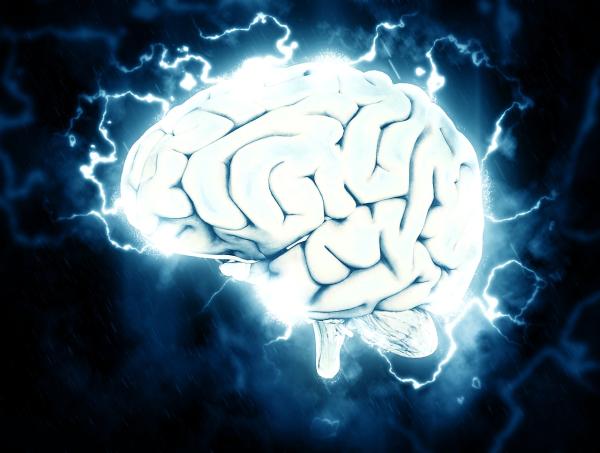
Types of epileptic seizures according to their symptoms
There are many ways to conceptualize and classify the epileptic syndrome, since each seizure and each symptom of it can be classified differently. In this article we will use a Epilepsy classification scheme of the Spanish Epilepsy Federation(2). This scheme classifies this disease of the nervous system according to the symptoms of epileptic seizures.
Generalized Crises
It affects both hemispheres of the brain and seizures are more difficult to control.
- Tonic-Clonic : This type of crisis is characterized by starting with a tonic phase where the extremities tense, followed by jerks throughout the body, that is, by the clonic phase
- Myoclonic: They are characterized by strong muscle contractions.
- Atonic: Seizures of this nature are characterized by a sudden loss of muscle tone
- Generalized absence crises: In this case, the crisis causes memory loss and blackouts. This type of epilepsy is more common in children than in adults.
Partial Crises
In this case, the altered activity is focused on one part of the brain, there is usually no loss of consciousness and its symptoms are more controllable.
- Simple partial seizures: It is characterized by an alteration of muscle movement, vision, hearing, memory and other sensations, the person maintains consciousness.
- Complex partial seizures: This type of partial seizure DOES cause loss of consciousness.
- Partial seizures with secondary generalization
Epilepsy Syndromes
When we talk about epileptic syndrome, we are referring to a pattern of symptoms that goes beyond epileptic seizures. An epileptic syndrome includes the activity of the nervous system, the behavior of the individual before and after seizures, the general psychological state…
- Idiopathic partial epilepsies (without apparent cause) in children
- Generalized idiopathic epilepsies
- Reflex epilepsies
- Epileptic encephalopathies
Infantile Spasms
Finally, this set of symptoms that usually occur between 0 and 3 years is considered an epileptic seizure. The spasms can be in the head or throughout the infant’s body and usually last a few seconds; the symptoms subside over the years. He West syndrome It is usually characterized by the presence of these symptoms.

Classification of epilepsy according to the nature of the disease
Very similar to the previous classification, there is another way to classify epilepsy, this time we will use the model proposed by the International League against Epilepsy:
Types of Epilepsy located at a specific point (focal/partial)
- Idiopathic or spontaneous onset: benign childhood epilepsy with centrotemporal spikes.
- symptomatic, of known origin:p. e.g., temporal lobe epilepsies, frontal lobe epilepsies.
- Cryptogenic, of unknown origin.
Generalized Types of Epilepsy
- Idiopathic according to the age of onset: childhood absence epilepsy, juvenile absence epilepsy, juvenile myoclonic epilepsy.
- Cryptogenic in order of age: West syndrome, Lennox-Gastaut syndrome.
- Symptomatic:
- Of non-specific etiology
- Specific syndromes
Types of Epilepsy of undetermined location
- With both generalized and focal crises
- No unequivocal generalized or focal features
Special syndromes
- Seizures related to the situation: febrile convulsions, isolated seizures or states epilepticus.
As a final comment, at PsychologyFor we recommend that you go to a doctor if you have suffered any type of epileptic seizure or feel identified with any type of epilepsy that we have mentioned. As mentioned at the beginning, this disease needs urgent treatment so that you can lead a stable and happy life.
This article is merely informative, at PsychologyFor we do not have the power to make a diagnosis or recommend a treatment. We invite you to go to a psychologist to treat your particular case.
If you want to read more articles similar to Types and classification of epileptic seizures we recommend that you enter our Neurosciences category.
- Pozo Lauzán, D., & Pozo Alonso, AJ (2001). New conceptual approach to epilepsy. Cuban Journal of Pediatrics, 73(4), 224-229.
- Commission on Classification and Terminology of the International League Against Epilepsy. Proposal for revised classification of epilepsies and epileptic syndromes. Epilepsia 1989; 30:389-99



